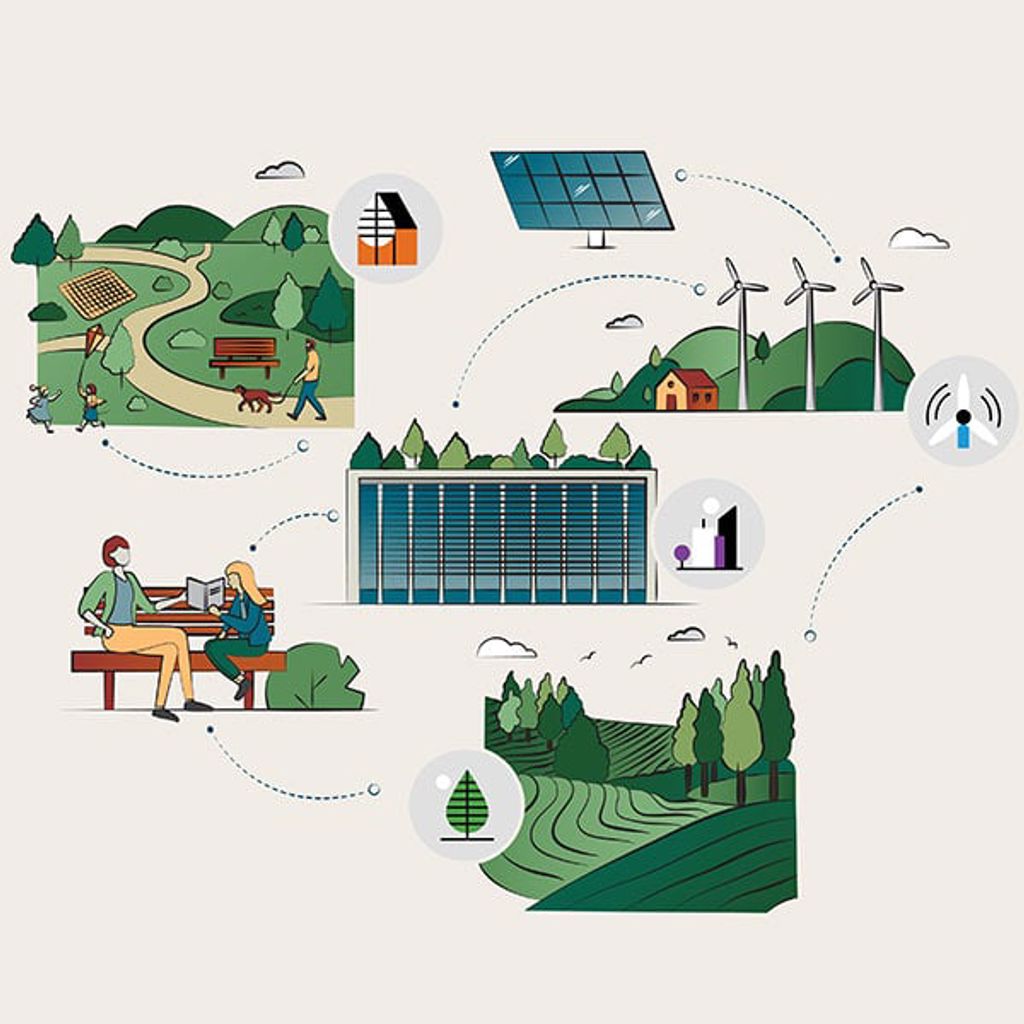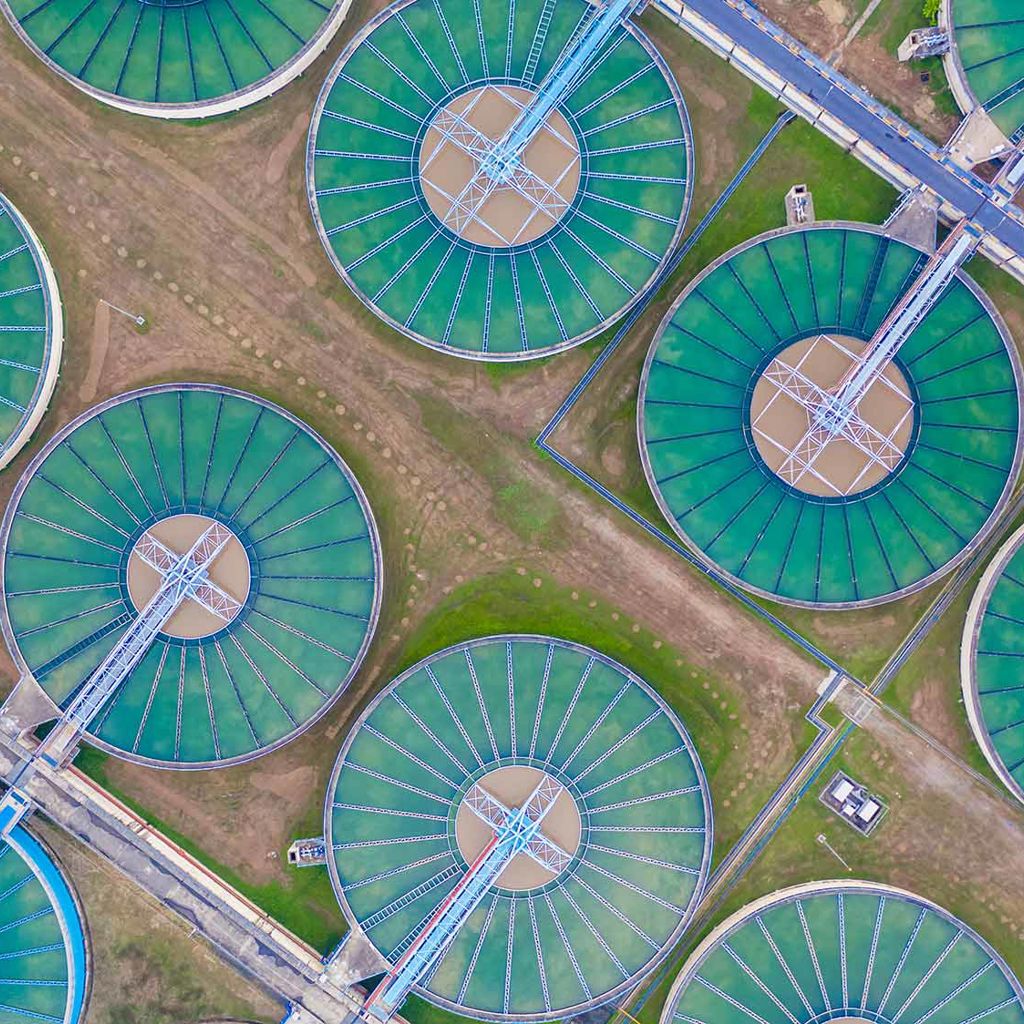How data centre development can drive economic and social development
Demand for data centres is growing across Africa. But how can these resource intensive facilities - with the stresses they place on stretched water and energy facilities - both become more resilient and align with the needs of local communities' development goals and challenges?

Data centre development is a growing economic phenomenon across Africa, driven by the continent’s appetite for digital and cloud services.
To meet growing demand and bring the rest of the continent onto level terms with the capacity and density of South Africa, Africa needs 1000MW and 700 facilities. A new report from The African Data Centres Association (ADCA) and Xalam Analytics claims the total number of edge locations by international network and content providers in Africa is close to 300 and growing by about 10% a year.
Like any other infrastructure system, the development of data centres has impacts on the cities and places that host them, both as a significant new land use, as well as through how they interact with other systems and services. In Africa, as elsewhere, these impacts have largely focused on constraints, with understandably common concern about how data infrastructure places additional burdens on already stressed energy and water systems.
While certainly valid concerns, the evidence is that data centres are rapidly improving their use of water and energy. In fact, research from Science states that between 2010-2018 there was an increase of 550% in the amount of computing done in data centres, however the amount of energy they consumed in that time only increased by 6%. Further efficiency is being continuously driven by investments in R&D by major data centre developers.
Given that local demand for data centres will inevitably continue to drive their growth and proliferation we asked ourselves how African communities, policy makers, and cities can partner with this sector to realise meaningful impacts that align with their own development goals and challenges, rather than meet it with blanket resistance.
Data centre as development stimulus
Our partnerships with a range of tech firms over the last decade have shown that data centre development can create parallel opportunities for realising social and economic value; essentially positioning data centres as catalysts for development. It’s a virtuous circle for data centre owners, as taking this community-focused approach supports their social license to develop and operate.
The first task is to identify linkages between the development elements of a proposed data centre scheme and the needs of the community it will join. For many African cities and countries there are stubbornly high levels of unemployment, highly resource extraction dependence, and a lack of resilience to growing climate change impacts. Against this backdrop we can identify a number of opportunities; structured within the delivery patterns, of where, with whom and how data centre development happens in Africa.
Research from Science states that between 2010-2018 there was an increase of 550% in the amount of computing done in data centres, however the amount of energy they consumed in that time only increased by 6%.
Shikar Takurpersad
Associate Director, Arup
Unlike in other more developed regions, data centre development in Africa often happens on greenfield sites on the outskirts of cities, where connectivity is still optimal, but where large development parcels are in ready supply. This locational aspect presents data centre developers with an opportunity to address issues with local energy, water, waste around the data centre. They often have space to reuse of heat generated by data centre operations in specialised ‘tunnel agriculture’ that extends the growing season and boosts agricultural productivity. Waste management is often located nearby, creating the potential for direct waste to energy generation.
The availability of nearby vacant land can also accommodate larger scale renewable installations including solar and micro hydro solutions to provide data centres with part of the energy needs, making them a considerate neighbour in areas where ‘load shedding’ is still a fact of life. Big tech firms are understandably keen to develop new, local, renewable energy capacity to meet their data centres’ power needs, and such ideas can be emulated in Africa.
Integration into the community
There are other ways that data centres can become harmonious parts of an existing community, by focusing on mutual benefits. One idea is to plan urban residential developments so that they include rooftop solar energy generation for residents with surpluses sold direct to data centres. Another possibility is to take waste heat as energy for heat pump systems to provide district cooling. Or you could co-locate data centres alongside intensive day time industrial energy users to create win/win producer-consumer relationships where both parties share renewable energy.
Local economic stimulus
Every time a data centre gets built there’s a procurement and sourcing opportunity that the local economy can benefit from. Of course, many internal components of data centres are specialist, proprietary and remain closely guarded commercial secrets. But there’s a larger proportion of distributive, protective and organisational elements that are usually made from commonly available materials. By mapping data centre component supply chains and identifying those elements that can be produced locally, can be a powerful instrument in supporting local economic development and in the longer term, potentially reducing cost and time delays for DC developers.
Local employer
Data centres are typically sizeable buildings, on large sites and include elements of landscaping, screening, paving and earthworks. There is plenty of scope to provide relevant local labour opportunities in their development, construction and ongoing operational support.
Connecting local skills and indigenous knowledge
Data centres in hotter climates like much of Africa, are less developed as a typology than in cooler climates where the vast majority of data centre development has been located. Local knowledge in adapting to, and harnessing climatic conditions can be a key resource for developers. Africa has a long tradition of using thermal mass and earth structures to reduce heat gain which may provide valuable clues for climate adapted data centre building and site selection strategies. In addition a variety of building design and site development climate responsive methods, can be incorporated to give data centre a locally appropriate climate skin without impacting on their functionality.
Part of a just transition
The shift away from fossil fuels and carbon emitting industry poses some threats to African countries. They can already anticipate significant job losses in mining and fossil fuel energy sectors. Finding new roles and careers for workers in these sectors is central to a ‘just transition’, one that doesn’t leave communities behind. Some skills in these sectors will be transferable and could drive local data centre adaptation and development. Extreme deep shaft mining in South Africa and other countries has led to innovative cooling practices that are now global best practice. The skills and deep experience that drove these innovations can be repurposed in data centre development.
A motor of the future
We believe that any mix of these interventions and commitments will both accelerate the data centre industry’s commercial development in Africa, while strengthening community support and participation in that growth.
To achieve these wider goals, data centre industry leaders need to work in partnership with local and regional authorities, private property developers/land assemblers, and community leaders to define data centre developments that resonate with a place and its hopes for the future. In time, we could see this enlightened approach emulated back in the global north, where data centre projects also need to remain great neighbours and truly sustainable businesses.
Get in touch with our team
Insights
Explore more data centre insights
The good neighbour theory: how data centres can strike a better balance between technology, community and nature

Data centres: one global template doesn't fit all

Is hydrogen the best long term back-up for data centres?

How can we cut water consumption in data centres?



